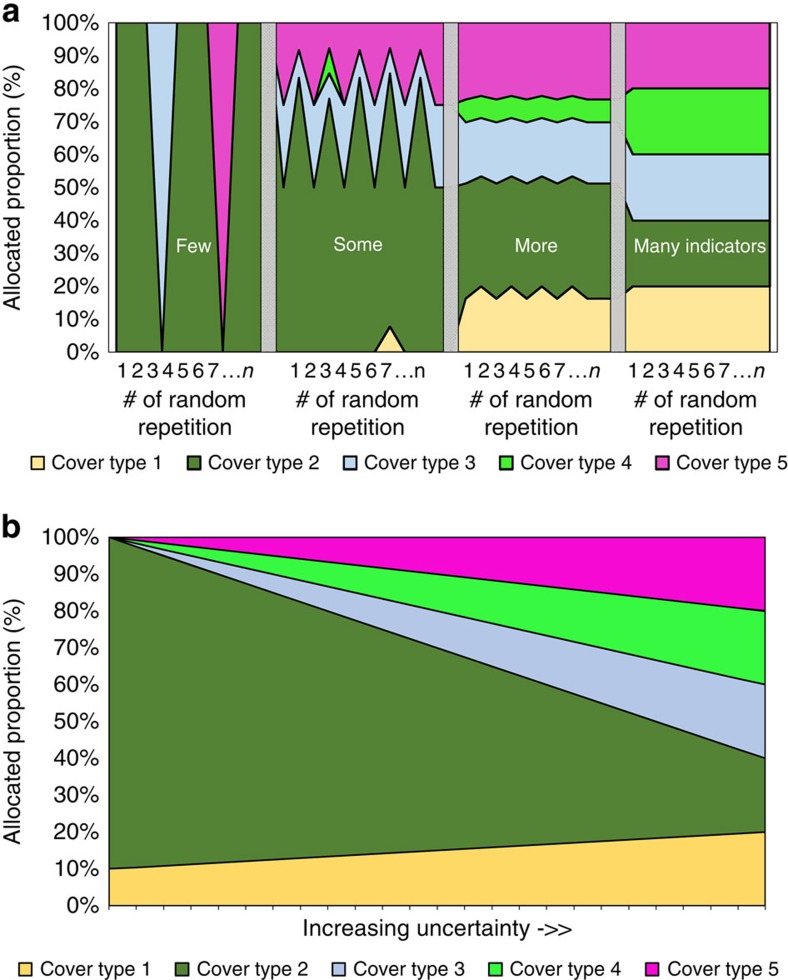Figure 1. Schematic overview of theoretically expected effects.
(a) Possible impact of multiple ecosystem service indicators, and (b) possible impact of indicator uncertainty on the allocation of land proportions. In a, landscape composition depends on the actual indicators selected, which is often subject to some randomness but also to pragmatic aspects, such as availability. Using only a few indicators may lead to relatively homogenous landscapes, because improved levels of a small number of indicators can be achieved by single land-cover types. Depending on the indicators chosen, landscape composition may change completely (for example, repetition #3 and #7 for few indicators). However, as more ecosystem service indicators are considered, more diversified landscape compositions may occur to address the demand for multiple ecosystem services. In b, only one or a few land-cover types may dominate when uncertainty is excluded from the optimization, which may be those with good performance for several indicators. With increasing uncertainty the landscape may tend towards greater diversification to buffer the uncertainties of single land-cover options.

